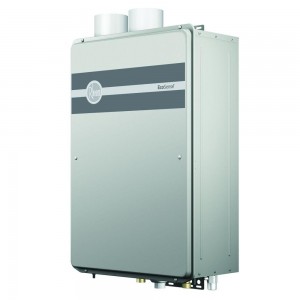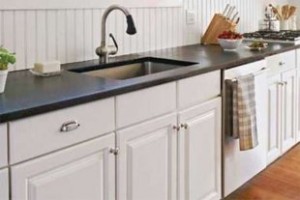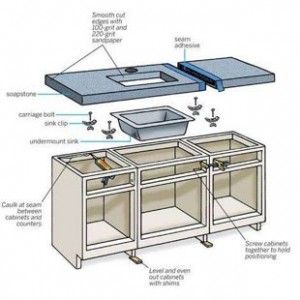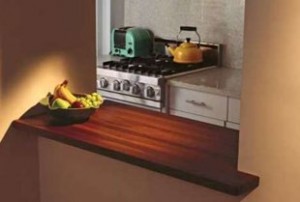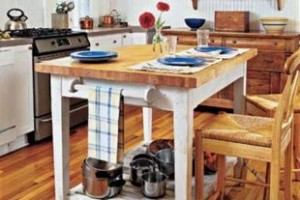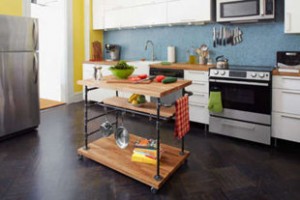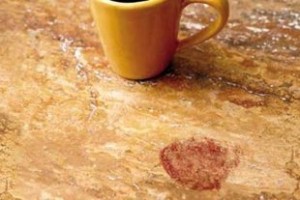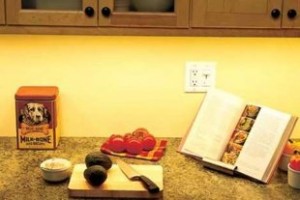You can find a good-sized tank heater for a decent price in many places, but these inexpensive heaters may not always be the bargain they seem to be.
These are typically in the 40-50 gallon range, and they will heat water so that you have that many gallons available when you need to wash dishes, take a shower, wash the dog, or whatever.
The tank unit works by warming that amount of water and then holding it ready, just in case you need it. This means the water is kept at a steady 160 degrees (or whatever temperature you set it to), at all times of day.
The heater thus is going on and off all day and all night to keep the water hot. Your Charlotte electric bill reflects this.
It sounds like that cheap water heater may not be so cheap, doesn’t it? Yikes!
Hot Water Loss and Limited Supply
Traditional tank heaters lose heat steadily. As the tank stands full with hot water, that warmth is lost through heat that basically seeps away. Picture a tea or coffee mug. As the tea or coffee cools, that heat is lost.
Even though your heater is insulated, there is still significant heat lost as it radiates away. That heat loss can be as much as 20 to 40%.
Another drawback of traditional “cheap” water heaters is that the hot water can get used up. If one person takes a shower, he may actually use up all the water that is hot. Then the next person needs to wait 30-60 minutes to get hot shower.
What a drag!
An Efficient Alternative to Cheap Water Heaters
Consider a Tankless Heater.
You may also have heard of these called “point-of-use” heaters, “on-demand” heaters, or “electric instant hot water heaters.”
What this means is that the heater provides hot water when you need it.
There is no water stored. When you turn on the hot faucet, the on-demand heater warms up the water so you can take a shower for as long as you want, and then lets the next person shower, too – all without running out of hot water.
Why is this a better alternative to the cheap tank heaters you find at your Charlotte home improvement store?
Quite simply, cheap water heaters do not prove to be cheap in the long run.
Benefits of “Cheap Water Heaters”
You may want to reconsider what you think a cheap water heater is, since the research has shown that what may have been the cheap heater initially may not be the cheap heater in the long run.
Point-of-use tank heaters can be initially more expensive. However, think about this: Point-of-use heaters can save as much as 50% over your current heating expenses! An on-demand heater will only provide hot water when you need it, so there is no need to continue to heat water if you aren’t using it. No more day-and-night heating bills.
On-demand heaters are also cheap heaters because they don’t wear out like traditional tank units. Traditional units have a typical life of 6 to 12 years before needing to be replaced.
A tankless water heater can last 20 years and more, since they don’t have hot water “sitting” in the tank and corroding internal parts. Hard water scale and deposits can greatly reduce the life and efficiency of a tank heater.
Tankless heaters are also space-efficient. They take up a lot less room in your Charlotte home than their traditional counterparts. Imagine having your water heater hang on the wall, taking up only as much space as a briefcase!
One other benefit of this type of cheap water heater is their safety record. Traditional tank heaters require you to set a minimum temperature, which is often much higher than you really need. Point-of-use heaters allow you to set the temperature where you will use it, preventing scalding issues and more energy loss.
So what do you think? Which is really the cheap water heater?
You may find it helpful to consult your Charlotte Plumber. who can provide you with extensive information about tankless water heaters, and when you’ve reached your decision, safely and efficiently install your water heater.
